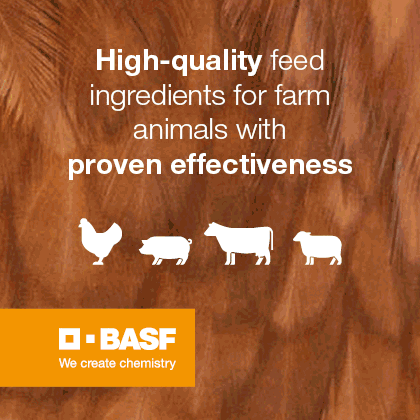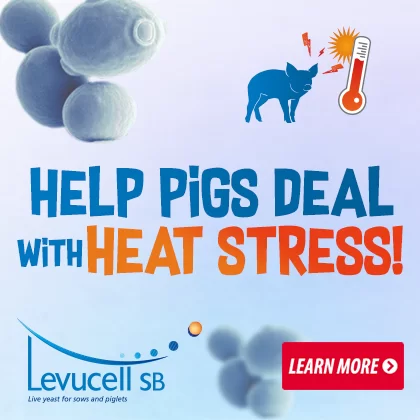06 Oct 2024


The most effective additive to date is 3-NOP, which has proven to reduce methane in various controlled studies. 3-NOP is currently the only feed additive nearing commercial availability for methane mitigation in dairy operations. It offers a promising route for dairy farms to lower their environmental footprint without drastic changes to existing feeding practices.
Combining Mitigation Strategies: Potential for Greater Reductions
Dr. Hristov emphasizes the potential of combining different methane-reduction strategies to achieve greater overall reductions. For example, a 20% to 30% reduction from one additive could be paired with an additional 10% to 20% reduction from another, along with further gains from diet optimization. This synergistic approach may ultimately result in substantial emissions reductions, helping the dairy sector move closer to its sustainability goals.
Challenges and Future Directions
Despite the advances in nutritional strategies, reducing methane emissions remains a complex challenge. Different farms, production systems, and local conditions make it difficult to apply a one-size-fits-all solution. More research is also needed to address methane emissions from manure and to explore how different mitigation strategies might work together more effectively.
Dr. Hristov concludes that nutrition alone has the potential to deliver up to a 60% reduction in methane emissions, provided that both current and future mitigation practices deliver consistent and reliable results. As the field of livestock methane mitigation continues to evolve, the dairy industry must embrace these innovations to significantly cut its greenhouse gas emissions.
